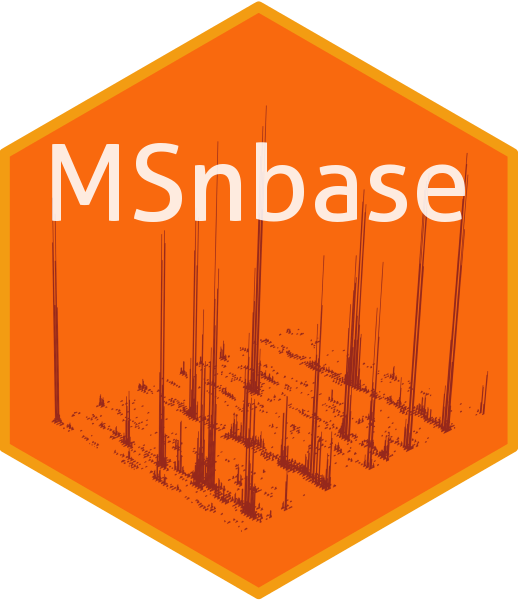MSnbase is an R/Bioconductor package that provides infrastructure for plotting, manipulation and processing mass spectrometry and proteomics data. The project was started by Laurent Gatto in October 2010 (Mon Oct 4 23:35:23 2010, according to the git log) and has, since then, benefited from various contributions, in particular Sebastian Gibb and Johannes Rainer.
The official package page is the Bioconductor landing page (release or devel versions). The github page page is for active development, issue tracking and forking/pulling purposes.
To get an overview of the package, see the MSnbase-demo vignette. More vignettes are available in the Articles tab.
The aim of the R for Mass Spectrometry initiative is to provide efficient, thoroughly documented, tested and flexible R software for the analysis and interpretation of high throughput mass spectrometry assays, including proteomics and metabolomics experiments. The project formalises the longtime collaborative development efforts of its core members under the R for Mass Spectrometry organisation to facilitate dissemination and accessibility of their work.
If you are using MSnbase, consider switching to the R for Mass Spectrometry packages, in particular, Spectra for raw data, PSMatch for identification data, and QFeatures for quantitative data. See https://RforMassSpectrometry.org for details.
To install the package:
install.packages("BiocManager")
BiocManager::install("MSnbase")If you need the github version (not recommended unless you know what you are doing), use
BiocManager::install("lgatto/MSnbase")General questions should be asked on
the Bioconductor support forum,
using MSnbase to tag the question. Feel also free to open a
GitHub issue, in
particular for bug reports.
To cite the MSnbase package in publications, please use:
Gatto L, Lilley KS.
MSnbase- an R/Bioconductor package for isobaric tagged mass spectrometry data visualization, processing and quantitation. Bioinformatics. 2012 Jan 15;28(2):288-9. doi:10.1093/bioinformatics/btr645. PubMed PMID:22113085.
MSnbase, efficient and elegant R-based processing and visualisation of raw mass spectrometry data. Laurent Gatto, Sebastian Gibb, Johannes Rainer. bioRxiv 2020.04.29.067868; doi: https://doi.org/10.1101/2020.04.29.067868
Contributions to the package are more than welcome. If you want to
contribute to this package, you should follow the same conventions as
the rest of the functions. Please do get in touch (preferable opening
a github issue) to
discuss any suggestions. The
MSnbase development vignette gives
some background on the class infrastructure.
Please note that this project is released with a Contributor Code of Conduct. By participating in this project you agree to abide by its terms.



